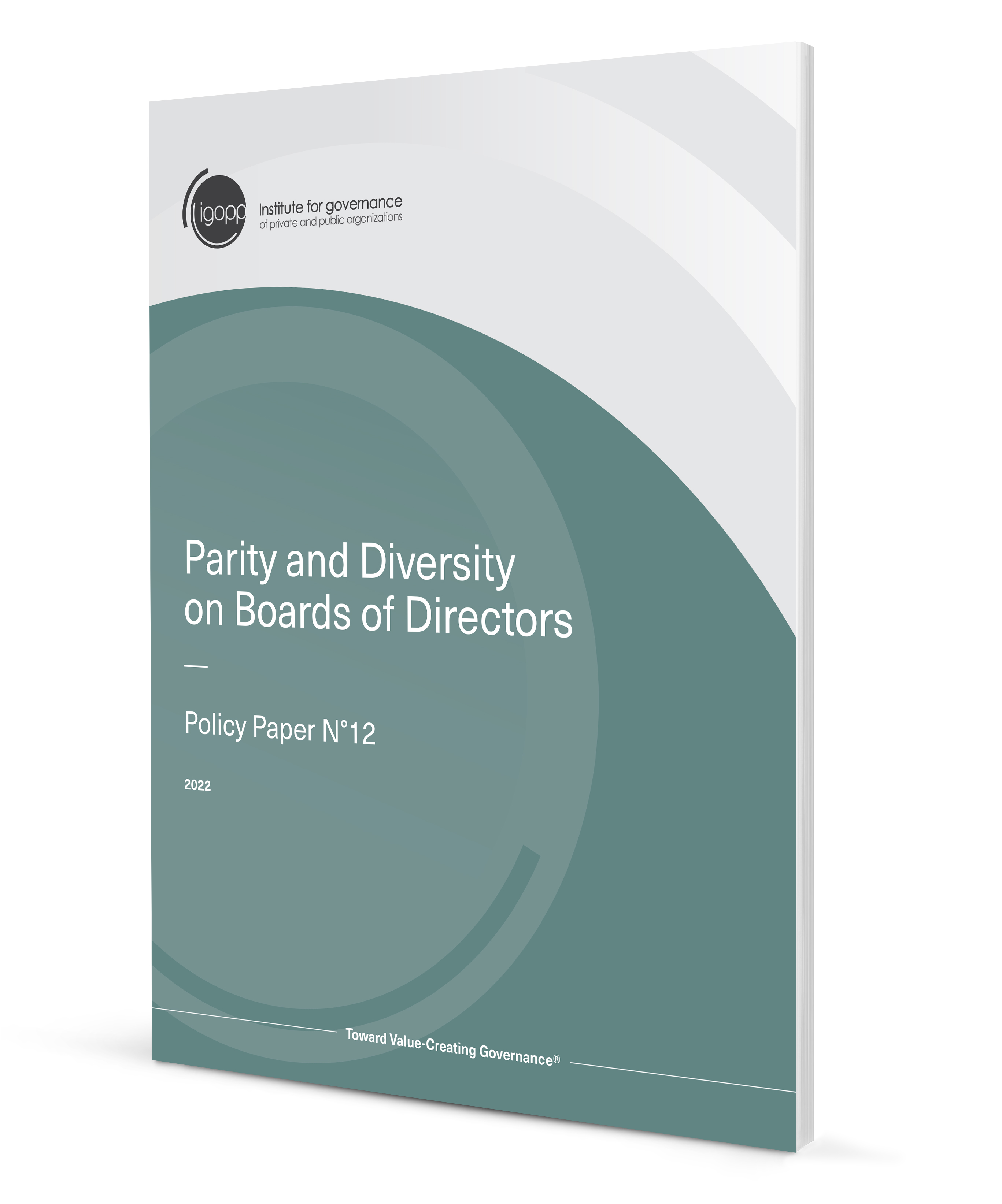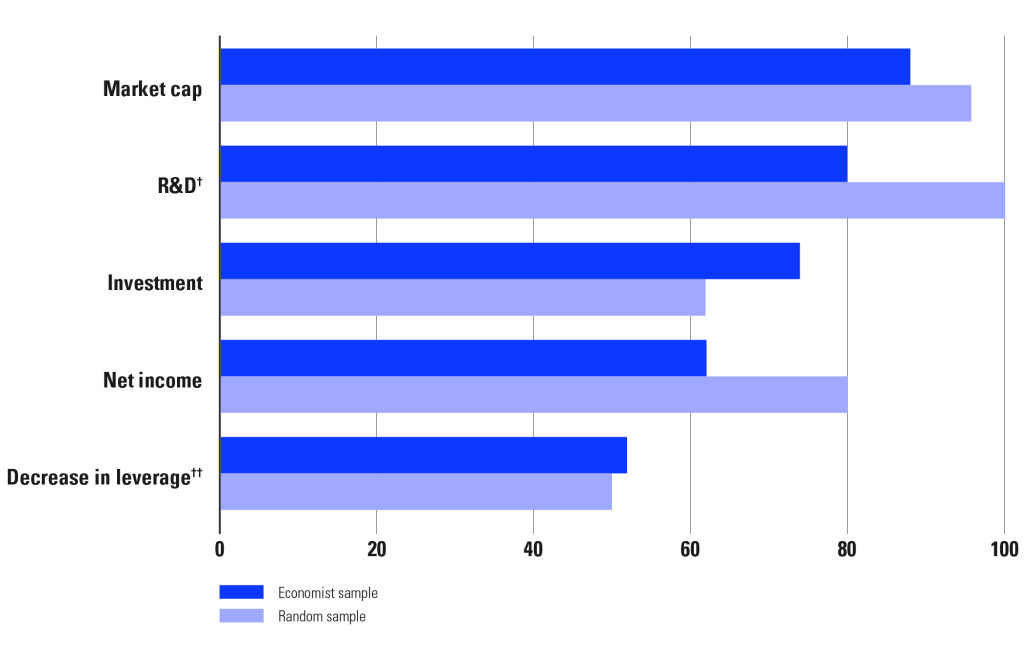Under what circumstances is it appropriate to lay criminal charges against a publicly listed corporation for the actions of its employees? What justifies imposing what amounts, in Terrence Corcoran’s words, to a “corporate death penalty”? (Financial Post, February 23rd, 2015)
Lawyers will debate these questions ad infinitum” but what would be a common-sense answer?
A publicly listed corporation is “owned” by its shareholders, a large and dispersed group of people and institutions. These “owners” elect a board of directors “to manage, or supervise the management of, the business and affairs of a corporation” (from the Canadian Business Corporation Act). This board of directors has the ultimate authority and responsibility over management’s actions and decisions but on the basis of the information provided by management and other advisers to the board. For a widely-held, exchange-listed corporation, its board of directors is the embodiment of that legal entity.
To lay criminal charges against a publicly listed corporation should require proof that the board of directors was aware, facilitated, abetted or approved illegal conduct by members of management.
As no one, including the RCMP, has claimed that the board of directors of SNC-Lavalin, at the time the alleged illegal acts were committed, had any knowledge of, or in any way had abetted, such acts, it is grossly inappropriate to place SNC-Lavalin in such serious jeopardy.
Before proceeding with the criminal charges laid by the RCMP, which would injure the 40,000+ employees of SNC-Lavalin around the world, the federal prosecutors should determine whether the board indeed did know of the illegal actions taken by some managers and executives and whether the board had taken all reasonable measures to safeguard the company against such illicit behavior.
Based on those findings, prosecutors should modify the charges and indict former SNC-Lavalin executives who were found to have engaged in illegal actions and levy a fine against the company to the extent that all measures were not taken to protect the company against illicit actions.
The argument that the corporation having profited from the illegal actions of some of its executives is equally guilty makes little sense. Indeed, by that logic, as shareholders ultimately benefited from the impact on the company’s stock price from these illegally obtained contracts, shareholders should be charged and prosecuted! Of course, the limited liability of shareholders would quickly thwart such a move, but the logic is the same.
There are few precedents where a public company was indicted for criminal offenses; it is even fairly rare for private companies with a large number of shareholders (as opposed to a private company that is managed by the owners).
Previous cases prosecuted in Canada involved a private company and a penny stock mining outfit, both of which pleaded guilty and paid fines (Griffiths Energy International was fined $10.35 million in 2013; Niko Resources of Calgary was fined $9.5 million in 2011).
In another case, an agent of Cryptometrics Canada was sentenced in May 2014 to three years in prison. The CEO and the chief operating officer of U.S. parent Cryptometrics as well as the Canadian subsidiary, both of whom actively participated in the attempt to corrupt foreign officials, were charged by the RCMP but no criminal charges were laid against the company!
But a by-now distant example sticks out: the criminal indictment of the audit firm Arthur Andersen, a large private partnership, for alleged obstruction of justice in the Enron case.
As soon as the indictment was made public, the firm began to implode. Found guilty in August 2002 (less than 9 months after the Enron bankruptcy), Arthur Andersen closed down, putting on the market its 28,000 employees in the USA and 85,000 employees worldwide.
Of course, in May 2005, the U.S Supreme Court reversed this guilty verdict because of faulty instructions by the judge. But Arthur Andersen has remained and will remain a dead entity.
Now, this power to indict a public corporation is mostly used by U.S. prosecutors as a billy club or a Damocles sword to extract major concessions.
Innocent by-standers, be they employees or shareholders, are not acceptable collateral damages in the “war against corruption”. The culprits are the people who actually committed these acts; they should bear the costs for their actions. A corporation as a distinct legal entity should be charged only if its board of directors knew or should have known about the machinations of some members of management.
“Kill a few corporations to scare the many” is not a sensible policy for law enforcement.
The author is solely responsible for the opinions expressed here.







